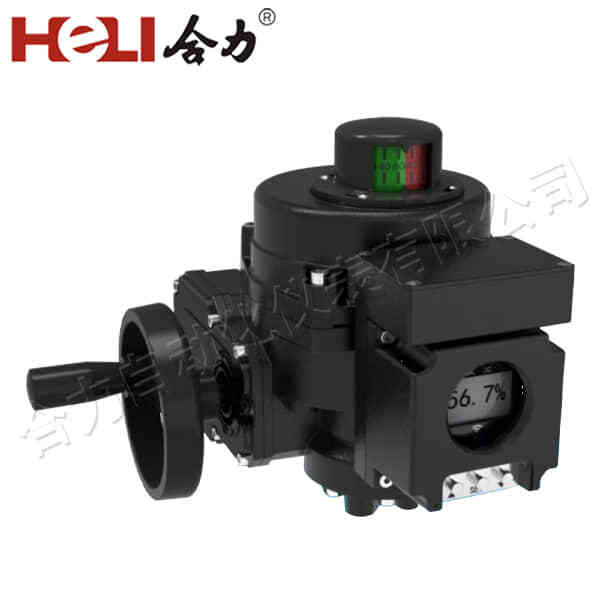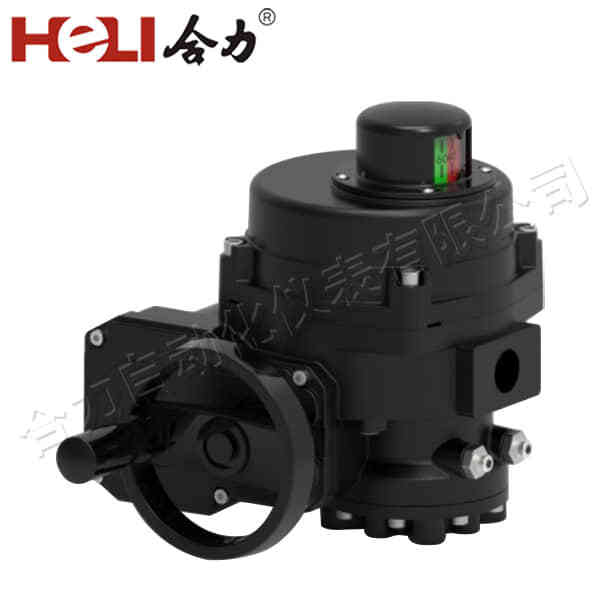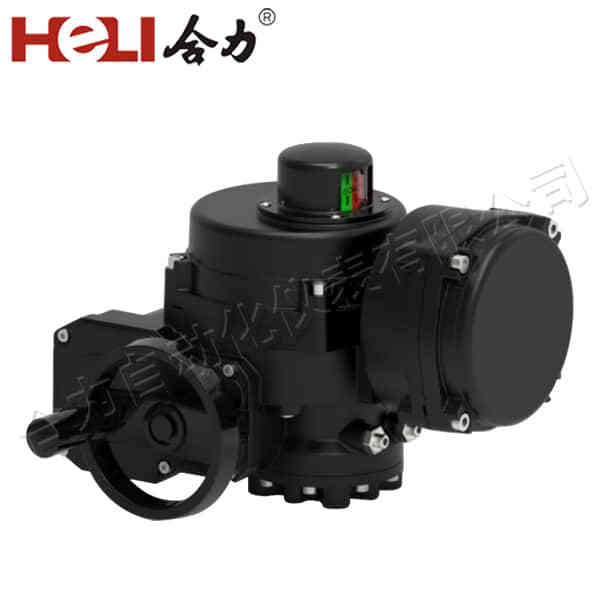Electric actuators are pivotal components in modern automation systems. They are used to convert electrical energy into mechanical motion, making them essential for a wide variety of applications across industries. Whether in robotics, automotive, industrial control, or consumer electronics, electric actuators are central to the functioning of countless systems that rely on precise movement, positioning, and control. In this article, we will explore the working principles, types, benefits, and applications of electric actuators.

What is an Electric Actuator?

An electric actuator is a device that utilizes electrical energy to produce mechanical motion. This motion can be linear, such as moving a part along a straight line, or rotational, involving the turning of a shaft. Electric actuators are widely preferred in automation due to their precision, ease of control, and low maintenance compared to other types of actuators, such as pneumatic or hydraulic ones. Electric actuators typically consist of an electric motor, a gear mechanism, and a mechanical component (such as a rod or a shaft). When electrical current flows into the motor, it generates rotational motion, which is then translated into linear or rotary motion through the gear system. The movement produced can be carefully controlled by regulating the electric signal, which makes electric actuators ideal for applications requiring high precision and reliability.
